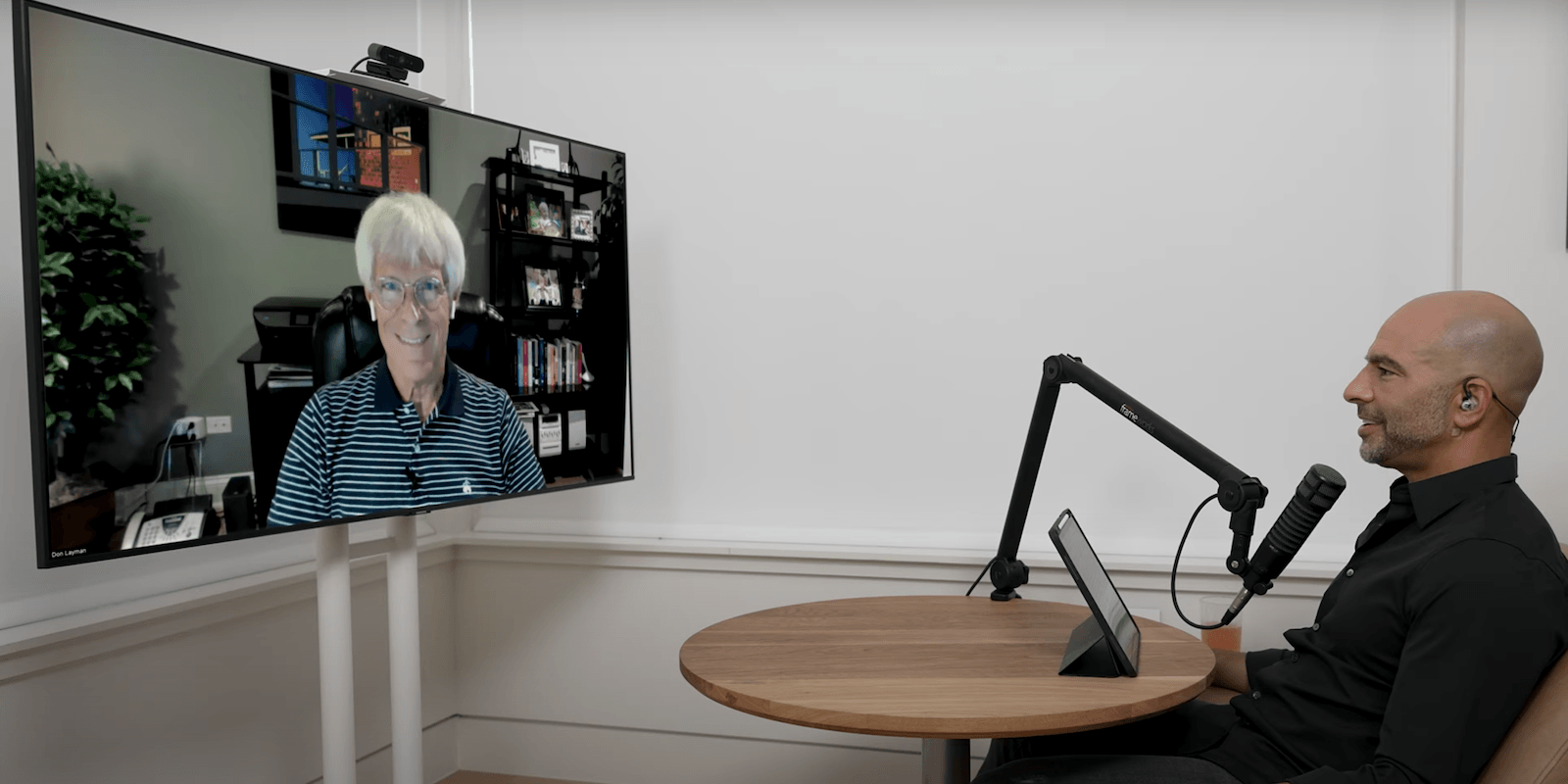Does anyone know if v.deep saturation diving recycles exhaust gas from the helmet, or is it just vented off? That's a lot of gas lost if its vented as the bottom time would be a whole working shift, or measured in hours at least.
See #2 above. Open circuit sat diving was pretty common in the 1970s and early 80s. All gas including Helium was a consumable, like the DSV's fuel, and was a client paid item on all contracts. Gas recycling systems were experimented with since the mid-1960s. Cousteau's Conself III experiment used one in their habitat at 102.4m/336' in 1965. Here is an image of Cousteau testing his "push-pull" regulator.




